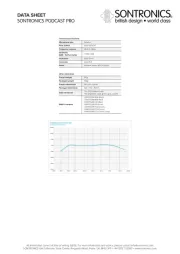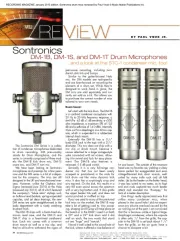Sontronics Sigma 2 Manual
Sontronics
Mikrofon
Sigma 2
| Mærke: | Sontronics |
| Kategori: | Mikrofon |
| Model: | Sigma 2 |
Har du brug for hjælp?
Hvis du har brug for hjælp til Sontronics Sigma 2 stil et spørgsmål nedenfor, og andre brugere vil svare dig
Mikrofon Sontronics Manualer

4 September 2024

16 August 2024

16 August 2024

19 Juni 2024

19 Juni 2024
Mikrofon Manualer
- AFEISY
- Voice Technologies
- MELONARE
- Nikon
- Austrian Audio
- NOX
- Day
- Tonsil
- Rollei
- Eikon
- Sonic Presence
- Warm Audio
- Gembird
- Sandberg
- Cyber Acoustics
Nyeste Mikrofon Manualer

18 December 2025

15 December 2025

11 December 2025

8 December 2025

8 December 2025

8 December 2025

7 December 2025

7 December 2025

7 December 2025

6 December 2025
